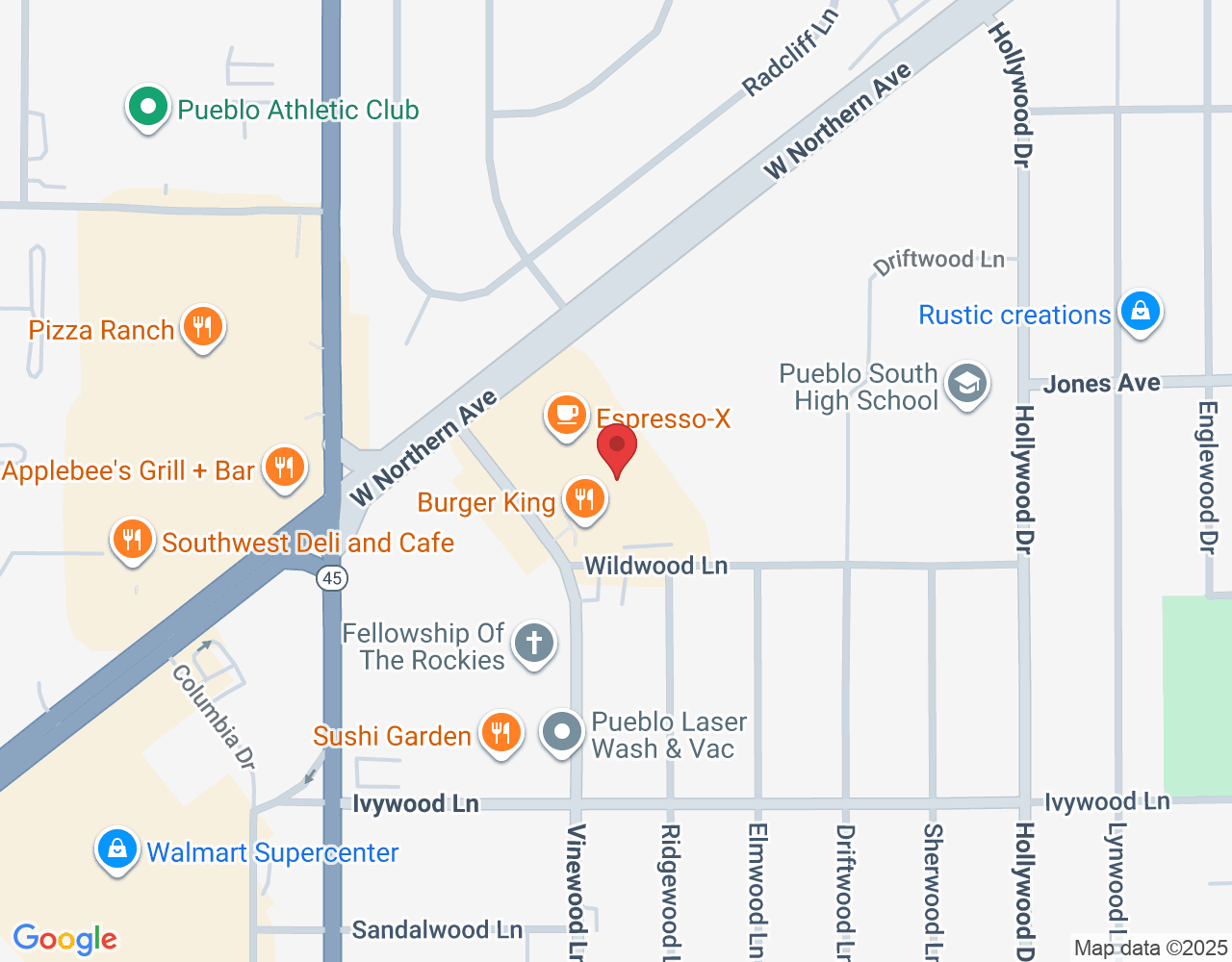
Hysterectomy Demystified: What’s Really Removed and Why It Matters for Your Hormones
You Deserve Clarity About Your Body—Especially After Surgery
If you’ve been told you need a hysterectomy—or already had one—you may be left wondering what was actually removed. Your uterus? Your ovaries? What about your cervix? And more importantly, how does that affect your hormones, health, and future?
Too often, women are handed vague surgical terms with life-altering implications. At Steel City HRT & Weight Loss, we believe clarity is power—and when you fully understand your hysterectomy procedure, you’re better prepared to take control of your recovery and hormone health.
Let’s break it all down together.
Total vs. Partial Hysterectomy—Why the Details Matter
A total hysterectomy involves removing the entire uterus and cervix. It’s the most common form of hysterectomy today and often used to treat fibroids, abnormal bleeding, or uterine cancer.
A partial or subtotal hysterectomy, on the other hand, removes only the uterus, leaving the cervix intact. This approach was once popular under the assumption that preserving the cervix might help maintain pelvic floor strength or sexual function.
However, studies haven’t shown a major benefit—and leaving the cervix behind can mean:
Continued monthly bleeding
Risk of cervical cancer
Ongoing Pap smear screening
That’s why subtotal hysterectomies are now much less common. Knowing whether your cervix was removed matters—especially when it comes to cancer screening and symptom expectations.
What is a Salpingectomy? Why It’s More Common Today
A salpingectomy is the removal of the fallopian tubes—and it’s increasingly being done proactively during hysterectomies, even when no disease is present.
Why? Because research shows that many ovarian cancers actually originate in the fallopian tubes.
Removing the tubes reduces your risk of ovarian cancer without impacting your hormone levels—since the ovaries (which produce estrogen and progesterone) are left intact.
It’s a preventive measure that reflects modern medicine’s shift toward proactive, risk-reducing care. If you had a hysterectomy recently, it’s worth asking: “Were my tubes removed too?”
What is an Oophorectomy? Understanding Surgical Menopause
An oophorectomy refers to the removal of one or both ovaries. If both are removed, it’s called a bilateral oophorectomy, and the hormonal impact is massive.
Why? Because the ovaries produce:
Estrogen, which regulates your mood, metabolism, and skin elasticity
Progesterone, which supports sleep and brain health
Testosterone, which fuels libido and muscle mass
When both ovaries are removed—often due to endometriosis, cysts, or cancer risk—you immediately enter surgical menopause.
This can trigger sudden symptoms like:
Hot flashes and night sweats
Mood swings and anxiety
Brain fog and fatigue
Vaginal dryness
Weight gain and bone loss
Many women report feeling like they “aged overnight.” But with the right bioidentical hormone therapy, these symptoms can be managed—and in many cases, reversed.
What Is a Total Hysterectomy with Bilateral Salpingo-Oophorectomy?
Let’s put it all together:
A total hysterectomy with bilateral salpingo-oophorectomy means the uterus, cervix, both fallopian tubes, and both ovaries are removed.
This is the most comprehensive procedure and often performed for:
Endometrial or ovarian cancer
Severe endometriosis
High genetic risk (e.g., BRCA mutation)
It induces immediate and complete menopause, regardless of your age. The loss of estrogen, progesterone, and testosterone can affect everything from mood and metabolism to sleep and sexual health.
If you’ve had this surgery, HRT isn’t just a comfort—it’s a necessity for long-term health. Without it, risks increase for:
Osteoporosis
Heart disease
Depression and cognitive decline
How Hormone Therapy Helps After Organ Removal
Whether your ovaries were removed or your hormone production has dropped post-hysterectomy, hormone replacement therapy (HRT) can be life-changing.
At Steel City HRT, we specialize in bioidentical hormone therapy—which uses hormones that mimic your body’s natural chemistry.
HRT can help:
Restore energy and mental clarity
Eliminate hot flashes and sleep disruptions
Boost libido and improve sexual health
Preserve bone density and muscle tone
Reduce anxiety and emotional instability
Each woman’s needs are different—so we create custom treatment plans based on your labs, symptoms, and lifestyle. We never take a one-size-fits-all approach.
Questions to Ask Your Surgeon Before or After a Hysterectomy
You’re not being difficult—you’re being empowered. Here are the questions every woman should ask:
Did you remove my cervix?
Were my fallopian tubes removed?
Did you take out one or both ovaries?
What symptoms should I expect?
Should I consider hormone therapy?
The answers can guide your path forward—whether it’s choosing HRT, adjusting your screenings, or preparing for emotional shifts.
You’re Not Broken—You Just Need the Right Support
Too many women are sent home after surgery with no plan, no hormone support, and no idea what to expect.
We’re here to change that.
At Steel City HRT & Weight Loss, we’ve helped hundreds of women recover, rebalance, and thrive after hysterectomy. From brain fog and weight gain to night sweats and low libido—we’ve seen it all, and we know how to fix it.
You don’t have to white-knuckle your way through surgical menopause.
You don’t have to guess about your hormones.
And you certainly don’t have to do it alone.
Ready to Feel Like You Again?
📞 Call us today at 719-669-4223
💻 Or book your consultation online in just a few clicks.
We’ll help you understand your surgical history, restore your hormones, and get you back to living your fullest life—clear, confident, and in control.
Frequently Asked Questions
Q: Is a total hysterectomy the same as surgical menopause?
A: Only if both ovaries are removed. If your ovaries remain, you won’t go into menopause right away.
Q: Will I need Pap smears if my cervix was removed?
A: Usually not, but confirm with your provider based on your medical history.
Q: Why are fallopian tubes now removed during hysterectomy?
A: To reduce the risk of ovarian cancer, which often starts in the tubes.
Q: Can I start hormone therapy years after my hysterectomy?
A: Yes—it's never too late to rebalance your hormones and improve your quality of life.
References
American College of Obstetricians and Gynecologists. (2021). Hysterectomy: What you need to know. https://www.acog.org
North American Menopause Society. (2022). Managing surgical menopause with hormone therapy. https://www.menopause.org
Rebbeck, T. R., Friebel, T., Lynch, H. T., Neuhausen, S. L., van ’t Veer, L., Garber, J. E., ... & Narod, S. A. (2019). Salpingectomy and the prevention of ovarian cancer. Journal of Clinical Oncology, 37(13), 1099–1107. https://doi.org/10.1200/JCO.18.01947
Parker, W. H., Broder, M. S., Chang, E., Feskanich, D., Farquhar, C., Liu, Z., ... & Shoupe, D. (2009). Ovarian conservation at the time of hysterectomy and long-term health outcomes. Obstetrics & Gynecology, 113(5), 1027–1037. https://doi.org/10.1097/AOG.0b013e3181a11c64




Facebook
Instagram
LinkedIn
Youtube
TikTok
Pinterest